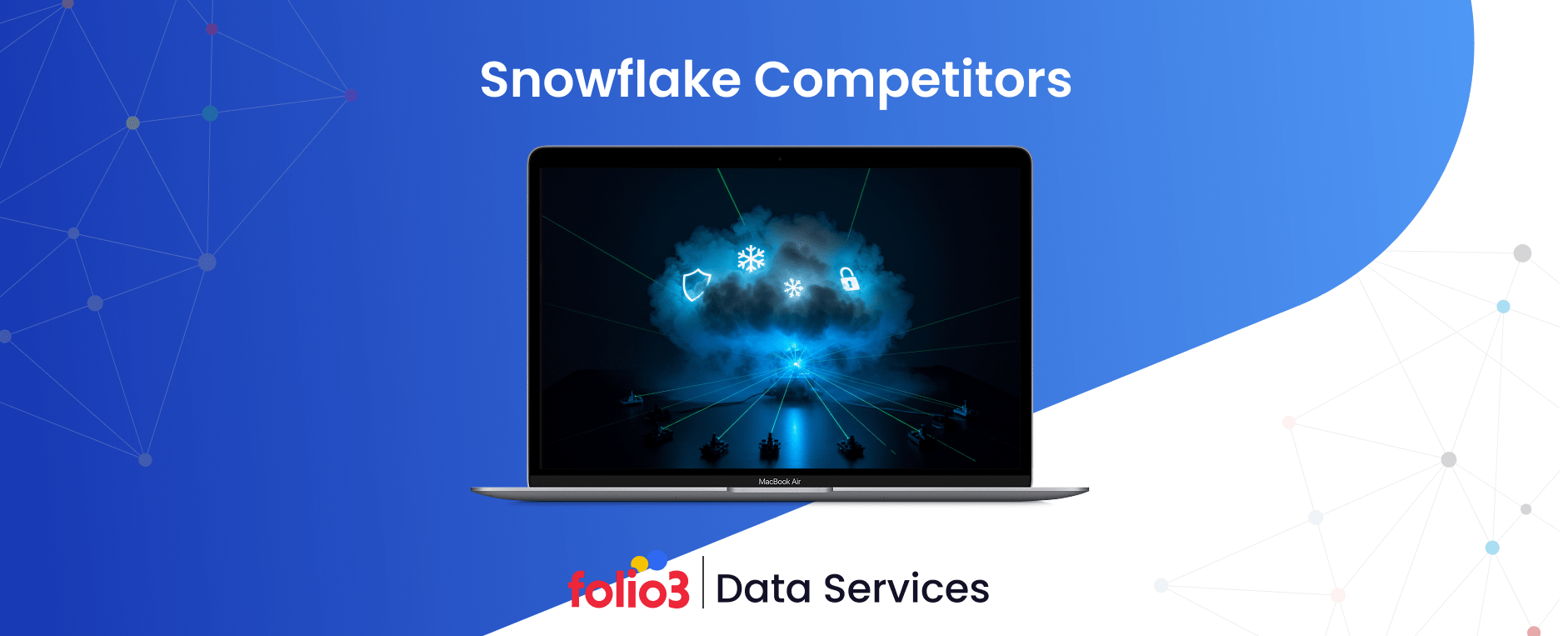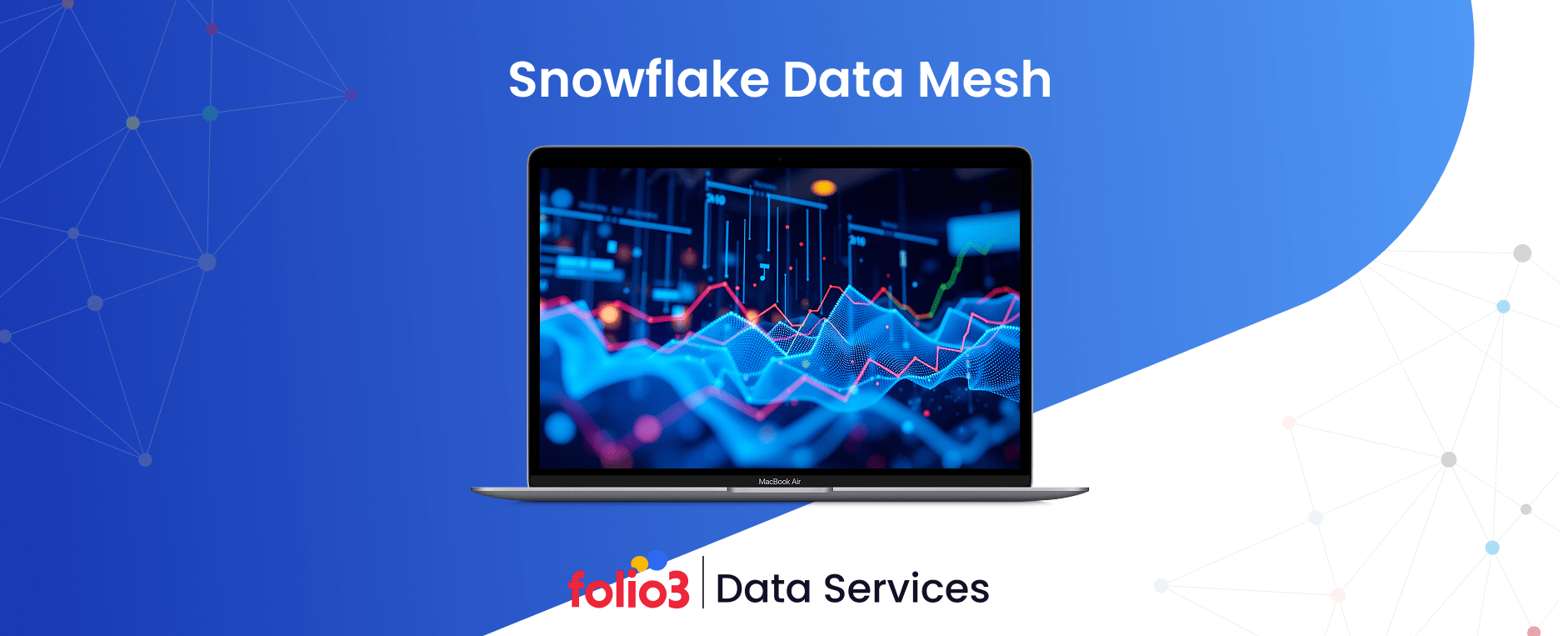Living in today’s data-driven world, we’re swimming in a sea of information but often find ourselves drowning in it. The constant barrage of numbers, figures, and reports can be overwhelming, making it hard to turn that data into actionable insights.
But fear not—data analytics is here to save the day. It is a powerful toolset that turns raw data into knowledge, empowering informed decision-making. Keep reading this blog to learn about four key types of analytics: descriptive, diagnostic, predictive, and prescriptive.
What is Data Analytics?
Data analytics is the art and science of extracting meaningful insights from data. It’s a comprehensive process that goes beyond simply crunching numbers. It involves a systematic data collection, organization, analysis, and visualization approach to uncover hidden patterns, trends, and relationships.
Think of data analytics as a detective at a crime scene. The data is the evidence, and the analyst is tasked with piecing together the clues to solve the mystery. Through a variety of techniques and tools, data analysts can:
- Clean and prepare data: Raw data is often messy and inconsistent. Data analysts clean and organize the data to ensure its accuracy and usability.
- Explore and analyze data: Once the data is prepared, analysts use statistical methods, machine learning algorithms, and other techniques to identify patterns and trends.
- Communicate insights: The most valuable discoveries are useless if no one understands them. Data analysts translate complex findings into clear and concise visualizations, such as charts, graphs, and reports.
In healthcare, data analytics is used to analyze patient data, identify trends in disease outbreaks, and improve treatment outcomes. Even government agencies leverage data analytics to combat crime, predict economic trends, and allocate resources effectively.
4 Types of Data Analytics
Data analytics is a vast toolbox, and within it lie various techniques tailored to answer specific questions. Here, we explore four key types of analytics that build upon each other, forming a comprehensive approach to extracting knowledge from information:
1. Descriptive Analytics
Descriptive analytics forms the foundation of data analysis. It focuses on summarizing and describing past events and trends. Imagine it as painting a clear picture of “what happened.” It is one of the types of analytics that answers fundamental questions like:
- What are our total sales for the past year?
- What percentage of customers falls within a specific age group?
- How many website visitors converted into leads?
Descriptive analytics relies heavily on data visualization tools like charts, graphs, and tables. These visuals present data clearly and concisely, allowing for easy identification of patterns and trends. Standard techniques used in descriptive analytics include:
- Measures of central tendency (mean, median, mode)
- Measures of dispersion (variance, standard deviation)
- Frequency distributions
By summarizing data, descriptive analytics provides a baseline understanding for further investigation. It’s the initial step in transforming raw data into a story that can be readily grasped.
2. Diagnostic Analytics
Once we have a clear picture of “what happened” through descriptive analytics, diagnostic analytics helps us understand “why it happened.” It is one of the types of analytics that delves deeper into the data to identify the root causes behind patterns and trends. It is the detective work of data analysis, where we uncover the “who, what, when, where, and why” behind the information.
Diagnostic analytics employs a variety of techniques, including:
- Drill-down analysis: Zooming in on specific data subsets to pinpoint areas of interest.
- Cohort analysis: Comparing groups of data points that share a common characteristic.
- Variance analysis: Investigating factors contributing to a particular metric’s variation.
By identifying the root causes of trends and patterns, diagnostic analytics empowers us to address underlying issues and optimize processes for better outcomes. Leveraging data engineering services ensures the right infrastructure and data pipelines are in place to support these advanced analytical techniques effectively.
3. Predictive Analytics
Predictive analytics takes data analysis a step further. It leverages historical data, statistical models, and machine-learning algorithms to forecast future events. Many organizations rely on specialized predictive analytics services to build and manage these models effectively, ensuring they gain accurate, actionable forecasts. It is one of the types of analytics that allows us to answer questions like:
- What are our projected sales for the next quarter?
- Which customers are most likely to churn?
- What equipment is at risk of failing shortly?
Predictive analytics plays a crucial role in proactive decision-making. By anticipating future trends and potential issues, businesses can take preventive actions and optimize strategies for long-term success. Techniques used in predictive analytics include:
- Regression analysis: Identifying relationships between variables to predict future values.
- Time series analysis: Forecasting future trends based on historical data patterns.
- Machine learning algorithms: Building models that learn from data to make predictions.
Predictive analytics is a powerful tool, but it’s important to remember that it’s not about perfect predictions. Instead, it’s about increasing the likelihood of making informed decisions based on anticipated outcomes.
4. Prescriptive Analytics
Prescriptive analytics, the most advanced form of data analysis, goes beyond simply predicting the future. It is one of the types of analytics that uses insights from historical and projected data to recommend specific actions. Imagine it as having a data-driven advisor who suggests the most optimal course of action based on all available information.
Prescriptive analytics builds upon the foundation laid by the previous three types of analytics. It leverages insights from descriptive, diagnostic, and predictive analytics to answer questions like:
- What marketing campaign adjustments should we make to maximize ROI?
- What resources should be allocated to different departments to optimize efficiency?
- What preventive maintenance actions should be taken to avoid equipment failure?
Prescriptive analytics uses a variety of techniques, including:
- Optimization algorithms: Identifying the best course of action based on defined criteria.
- Simulation modeling: Testing different scenarios to evaluate potential outcomes.
The Role of Data Analytics
Data analytics isn’t a one-size-fits-all solution. It’s a multifaceted approach encompassing various techniques and tools to answer specific questions and achieve distinct goals. Here’s a closer look at the multidimensional role data analytics plays across different aspects of an organization:
- Understanding Customer Behavior: Businesses leverage data analytics to understand their customer base better. By analyzing customer demographics, purchase history, and website interactions, companies can identify customer preferences, predict buying behavior, and personalize marketing campaigns for maximum impact.
- Optimizing Operations: Data analytics empowers organizations to streamline internal processes and improve efficiency. Analyzing data on production lines, resource allocation, and employee performance can help identify bottlenecks, optimize resource allocation, and ultimately reduce costs and improve productivity.
- Risk Management: Data analytics plays a crucial role in proactive risk management. By analyzing historical data and identifying patterns, businesses can anticipate potential risks, such as equipment failure, fraud attempts, or market fluctuations. This allows them to take preventive measures and mitigate potential losses.
- Product Development: Data analytics is instrumental in developing products that cater to customer needs and market demands. Analyzing customer feedback, social media trends, and competitor data can provide valuable insights to guide product development strategies and ensure market relevance.
- Financial Analysis: Data analytics helps businesses make informed financial decisions. By analyzing financial data, sales trends, and market forecasts, companies can optimize pricing strategies, make informed investment decisions, and ensure economic stability.
Usage of Data Analytics
Data analytics extends far beyond the realm of traditional business intelligence. While its role in optimizing operations and understanding customer behavior remains paramount, its applications permeate various aspects of our lives, shaping our world. Here, we delve into some critical usages of data analytics that transcend the typical business domain:
1. Scientific Discovery and Research: Data analytics is revolutionizing research and discovery in the scientific realm. Researchers can identify patterns, test hypotheses, and accelerate scientific breakthroughs by analyzing vast datasets from telescopes, particle accelerators, and other scientific instruments. From genomics and personalized medicine to climate change modeling and astrophysics, data analytics is pivotal in expanding the frontiers of human knowledge.
2. Public Policy and Social Good: Data analytics is increasingly used to address social challenges and inform public policy decisions. Analyzing crime rates, social media trends, and public health statistics can help policymakers develop targeted interventions, allocate resources effectively, and track the progress of social programs. Similarly, education data management solutions are enabling schools and universities to use analytics for improving student outcomes, optimizing curriculum design, and enhancing institutional performance.
3. Personalization and User Experience: The digital world thrives on personalization. Data analytics is crucial in tailoring the user experience on websites, social media platforms, and streaming services. By analyzing user behavior, search queries, and past interactions, these platforms can recommend content, suggest products, and personalize experiences to keep users engaged and satisfied.
4. Smart Cities and Infrastructure Management: As cities become increasingly interconnected, data analytics is driving the development of smart cities. Analyzing traffic patterns, energy consumption, and waste management data can optimize infrastructure usage, reduce energy costs, and improve residents’ overall quality of life. From intelligent traffic management systems to predictive infrastructure maintenance, data analytics is shaping the future of our urban environment.
5. Security and Threat Detection: Data analytics is vital in threat detection and prevention in the ever-evolving cybersecurity landscape. Organizations can identify and mitigate cyber threats in real time by analyzing network traffic patterns, user activity logs, and potential security vulnerabilities. Additionally, data analytics is used in fraud detection, analyzing financial transactions and user behavior to identify suspicious activity and protect consumers.
Future Scope of Data Analytics
The future of data analytics is brimming with exciting possibilities. As data generation continues its exponential growth and technological advancements pave the way for even more sophisticated analysis, we can expect data analytics to become more pervasive and transformative.
Staying informed about data analytics statistics such as global adoption rates and projected market growth helps organizations and professionals understand where the industry is heading and how to prepare for new opportunities.
- Democratization of Data Analytics: The future of data analytics is moving towards accessibility. With the development of user-friendly tools and visual interfaces, data analysis will no longer be confined to the realm of data scientists. Business users across all departments will be empowered to leverage data for insights, fostering a more data-driven organizational culture.
- Augmented Analytics and AI Integration: Artificial intelligence (AI) and machine learning (ML) are poised to play a more prominent role in data analytics. Techniques like natural language processing (NLP) and computer vision will enable machines to automate data preparation, feature engineering, and anomaly detection tasks. This will free up data analysts to focus on strategic interpretation and communication of insights.
- Focus on Data Privacy and Ethics: As data collection becomes more prevalent, concerns around data privacy and ethics will continue to rise. The future of data analytics will necessitate a strong focus on responsible data practices, ensuring data security, user privacy, and transparency in data collection and usage.
- Real-Time Analytics and Continuous Intelligence: The ability to analyze data in real-time will become increasingly crucial. Businesses will leverage streaming analytics platforms to make informed decisions based on the latest data, enabling faster response times and proactive problem-solving. This will pave the way for continuous intelligence, where data insights are constantly updated to optimize real-time processes.
- The Rise of Edge Computing and the Internet of Things (IoT): The proliferation of internet-connected devices, known as the Internet of Things (IoT), will generate massive amounts of data at the network edge. Edge computing, which involves processing data closer to where it’s generated, will play a critical role in analyzing this data efficiently and in real time.
- Focus on Explainable AI (XAI): As AI models become more complex, the need for explainability will become paramount. Businesses will require data analytics tools to explain how AI models arrive at their conclusions. This will ensure transparency, trust, and responsible decision-making based on AI-driven insights.
- Evolving Skillsets for Data Professionals: The future of data analytics demands a new breed of professionals. In addition to technical skills, data professionals will need strong communication and storytelling abilities to translate complex data insights for stakeholders across different backgrounds effectively.
Drive Digital Success with Folio3’s End-to-End Data Analytics Services
At Folio3, we help businesses unlock the true power of their data through our end-to-end data analytics services & solutions. From data collection and integration to advanced analysis and visualization, we provide a complete framework that enables smarter, faster, and more strategic decision-making.
Our expertise empowers organizations to transform complex data into actionable insights, optimize performance, and drive sustainable growth across every stage of their digital journey.
Conclusion
Data analytics is a transformative tool that empowers organizations to make informed decisions by turning raw data into actionable insights and understanding the four key types of analytics: descriptive, diagnostic, predictive, and prescriptive.
Businesses can optimize operations, enhance customer experiences, and drive innovation. As technology advances, the future of data analytics promises even greater integration with AI, real-time processing, and expanded accessibility, ensuring that data-driven decision-making remains at the forefront of organizational strategy.
These different types of analytics techniques are crucial if you want to stay competitive and achieve long-term success in today’s data-driven world.





